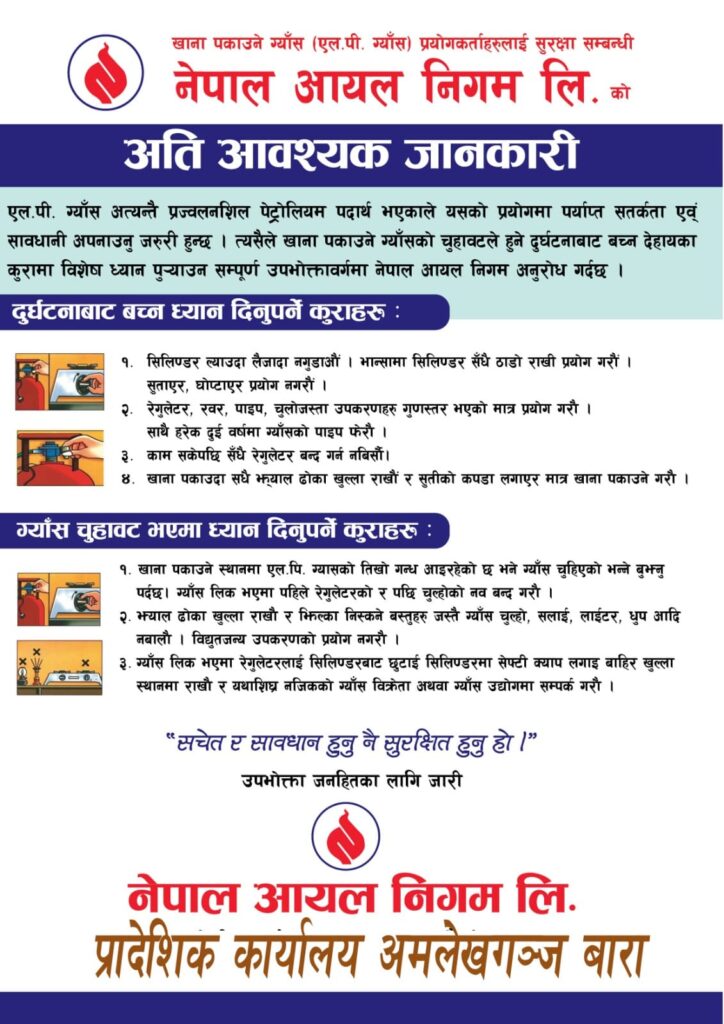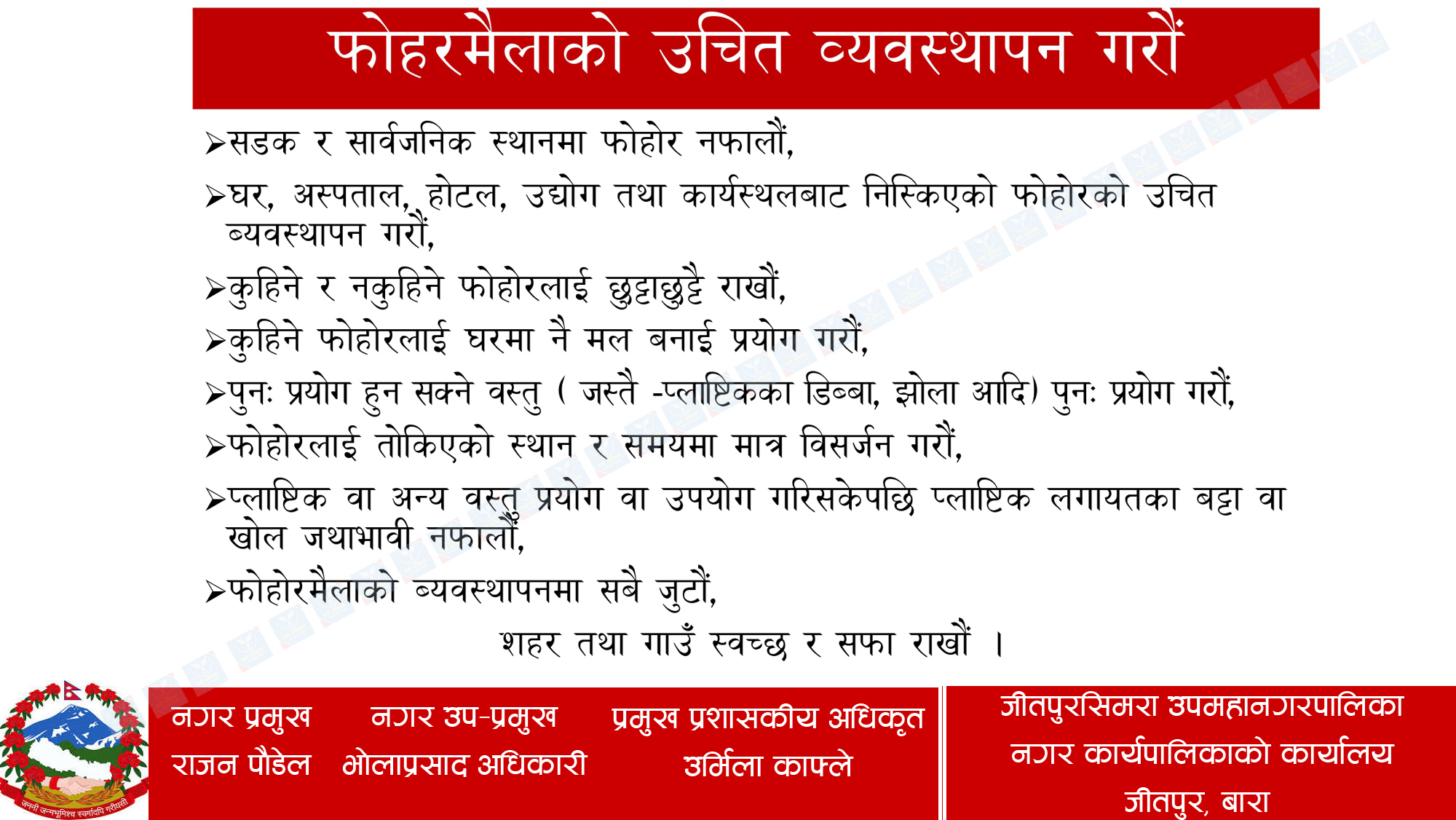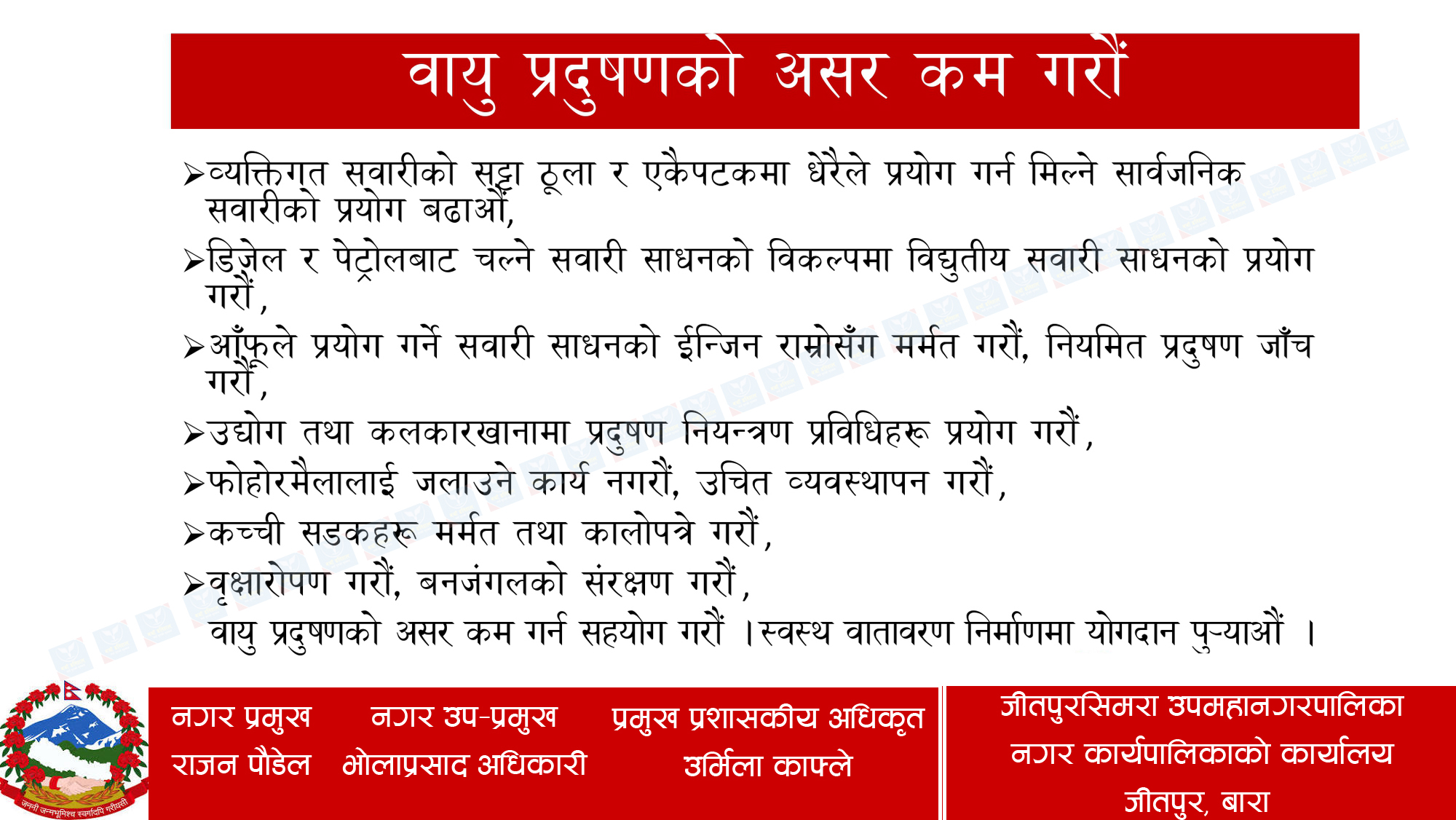Complications arising in premature babies are increasingly becoming the primary cause of death among children under the age of five. The statistics for the year 2020 reveal that out of a total of 13 million births, which translates to one in every 10 children, were premature. According to the World Health Organization (WHO), in 2019, 900,000 children under the age of five globally succumbed to complications stemming frompremature births.
What is a premature baby?
A baby born before 37 weeks of
pregnancy is called a 'preterm baby'. Preterm births are divided into three
categories based on the time in the womb.
Extremely preterm (less than 28 weeks)
Very preterm (between 28 and 32 weeks)
Normal preterm or term birth (32 to 37
weeks)
The risk of complications increases with earlier
births, making prematurity a global issue with babies being born prematurely
every year.
Causes of Premature Birth
Premature rupture of the membranes holding the baby
in the uterus and complications during pregnancy are the primary causes of
preterm birth, as per the UK's National Health Service (NHS). Other
contributing factors include infections, pre-eclampsia, cervical weakness, and
a history of multiple births.
A study conducted by the UK charity Tommy revealed
that some women experience the opening of the vagina and uterus before the end
of their term, leading to premature birth. Treatment options, such as the 'cervical
stitch,' are available to prevent preterm birth, but they can be costly.
How do you know if you are
pregnant before your period is over?
According to Professor of Obstetrics
Andrew Shennan, who runs the 'Preterm Birth Surveillance Clinic' at Tommy's,
early signs of miscarriage appear before a pregnant woman reaches her first
month. Such signs are normal. Vaginal discharge is a symptom. When the membrane
around the fetus breaks inside the womb, the water comes out. Other symptoms
include persistent uterine contractions and vaginal bleeding or other discharge.
What is the survival rate
of premature babies?
The problem of premature birth can appear
anywhere. But according to the World Health Organization, such problems are
more prevalent in South Asia and sub-Saharan Africa. Survival rates for preterm
babies vary from country to country. For example, 90 percent of babies born
before 28 weeks in low-income countries survive only a few days after birth.
However, in high-income countries, the mortality rate for babies born during this
period is less than 10 percent.
It seems that many of the babies who have been
in the womb for a very short time have lifelong disabilities. They have
problems such as inability to learn, poor eyesight, or poor hearing. Such
problems arise because the body is not properly developed in the womb.
Among those born prematurely, deficient birth weight babies, i.e. weighing less
than 1 kg to 1.3 kg, are at risk of health complications or disabilities.
How to take care of a premature baby?
Babies born after 24 weeks of gestation are
also likely to survive. But to protect newborns, special care facilities are
needed in the hospital. The equipment they need to survive is as follows:
Incubator: This equipment is most commonly used in the neonatal room.
This device is shaped like a womb and it fulfills the need of a safe space for
the development of premature babies.
Ventilator:
This provides a steady flow of oxygen and other pressure to a newborn who cannot breathe on his own.
Monitor: It is used for monitoring vital signs. It looks at things like
heart rate, blood pressure, and oxygen levels.
Intravenous drip: This is used to give fluids or medicine to children through a vein.
Feeding tube: This is used to deliver food into the baby's stomach
through the nose or mouth.
Infusion pump: It is used to give essential nutrients, fluids, or blood and
medicines.
A catheter placed in the
umbilical cord: This is also used to
give the necessary medicine and nutrition to the baby. One of these devices is
also used to measure blood pressure and certain types of gases in the blood.
The Importance of 'Skin-to-Skin' Contact
The World Health Organization emphasizes immediate
'skin-to-skin contact' between caregivers and babies without placing them in
incubators. This practice helps regulate the baby's heart rate and breathing,
stimulates digestion, regulates body temperature, and fosters appetite.
Activating this bonding immediately after birth
could save approximately 150,000 babies annually, according to a study cited by
the World Health Organization.











